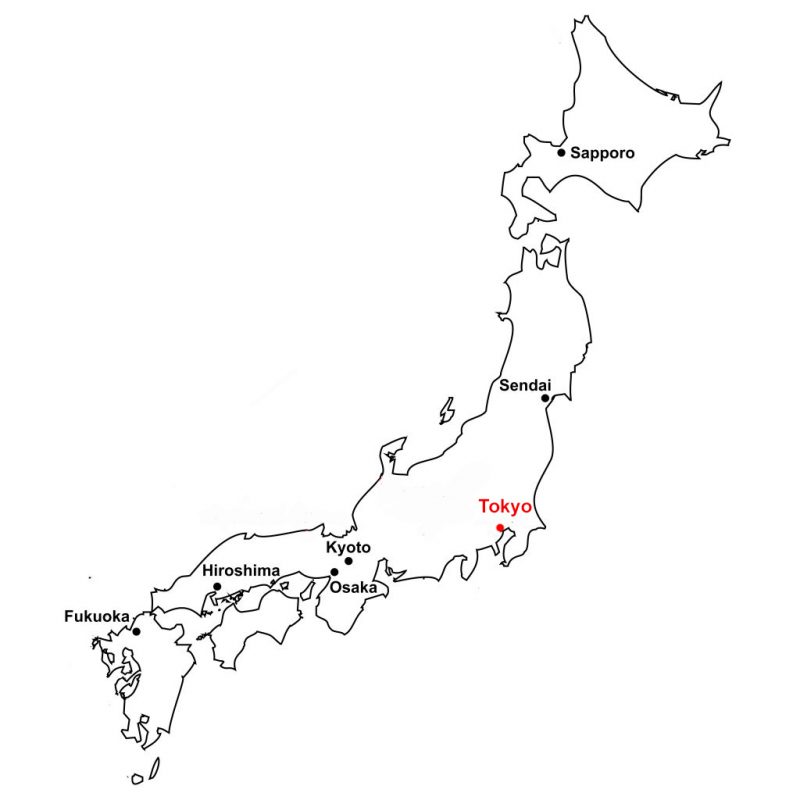1.866.316.7268 [email protected]
Recommend Length: 2 days/1 night or 3 days/2 nights
Best Access: Tokyo
Experience more of Tokyo on the Tokyo Add-On tour. Tokyo (東京, Tōkyō) is Japan’s capital and the world’s most populous metropolitan area. Prior to 1868, Tokyo was known as Edo. In the 16th century, Edo was a small castle town that was Japan’s political center, when Tokugawa Ieyasu established his feudal government there.
Today, Tokyo offers a look into modernized Japan, with entertainment, shopping, dining and pop culture. A feel and look into the history of Japan and Tokyo can be experienced in some districts that have shrines and temples still standing, and the multiple museums throughout the city.
There is so much to do and see in Tokyo, you may never have enough time there. But adding an extra day or two at the beginning or end of your tour would allow you to see some of the sights, or participate in some of the activities available in this bustling city.
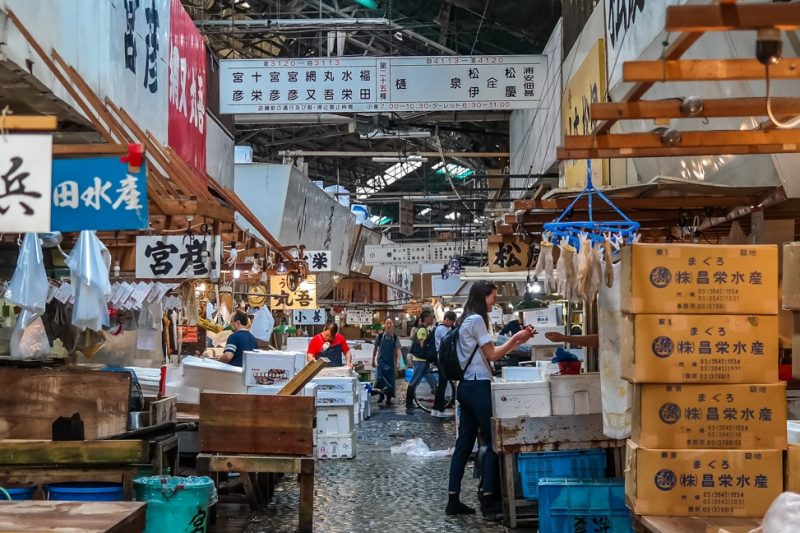
Tsukiji Outer Market is a district next to the site of the former Tsukiji Wholesale Market. There are a few blocks of wholesale and retail shops, as well as restaurants, crowded along narrow lanes. You can find fresh and processed seafood, along with fresh produce and food-related goods such as knives. It still has much of the same feel as the former market!
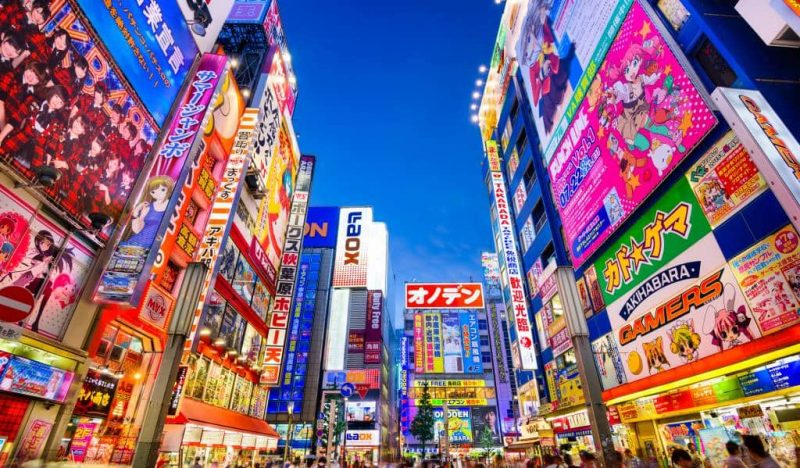
Akihabara is a district in central Tokyo that is famous for its many electronics shops. Recently, Akihabara has become famous as the center of Japan’s otaku (diehard fan) culture, and many shops and establishments devoted to anime and manga can now be found among the electronic stores in the district. On Sundays, Chuo Dori, the main street through the district, is closed to car traffic from 13:00 to 18:00 (until 17:00 from October through March). You will find many cosplayers out in full costume on Sundays.
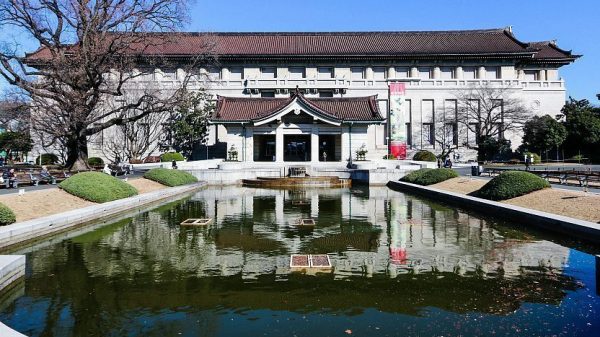
The Tokyo National Museum is the oldest and largest of Japan’s top-level national museums, originally established in 1972 at Yushima Seido Shrine and moved to its current location in Ueno Park a few years later. One of the largest and best collections of art and archeological artifacts in Japan, made up of over 110,000 individual items including nearly a hundred national treasures. Good English information and audio guides are available.
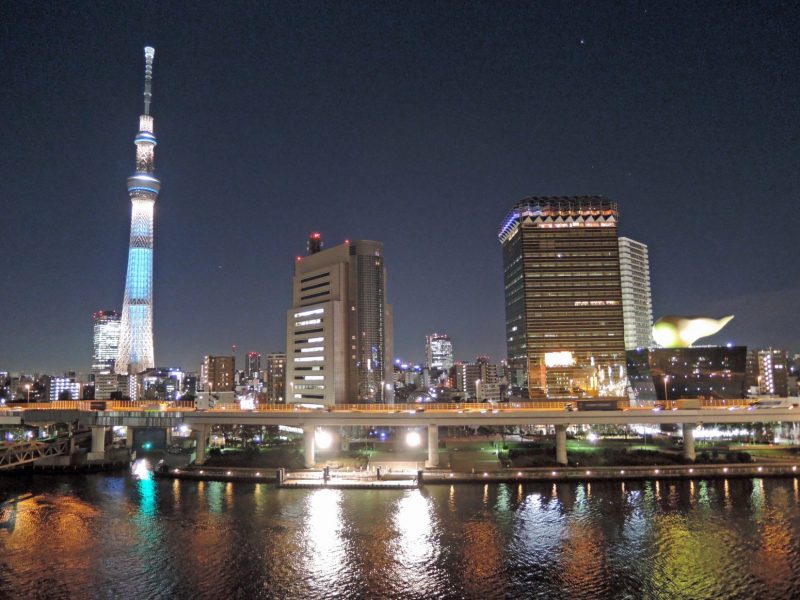
The Tokyo Skytree (東京スカイツリー) is a television broadcasting tower and landmark of Tokyo. It is the tallest structure in Japan and the second tallest in the world at the time of its completion. Tokyo Skytree offers two enclosed observation decks at 350 and 450 meters respectively, making them the highest observation decks in Japan and some of the highest in the world.
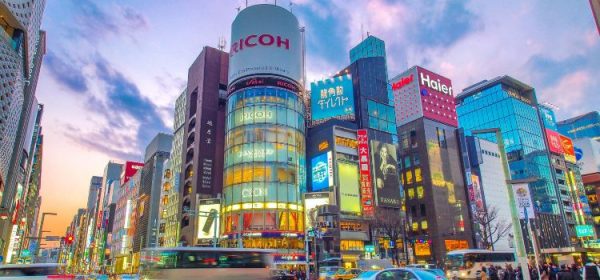
The Ginza is Tokyo’s most famous upscale shopping, dining, and entertainment district, featuring numerous department stores, boutiques, art galleries, restaurants, night clubs, and cafes. One square meter of land in the district’s center is worth over ten million yen, making it one of the most expensive real estate in Japan. In the Ginza, you can find infamous $10 cups of coffee, and just about every leading brand name in fashion and cosmetics has a presence.
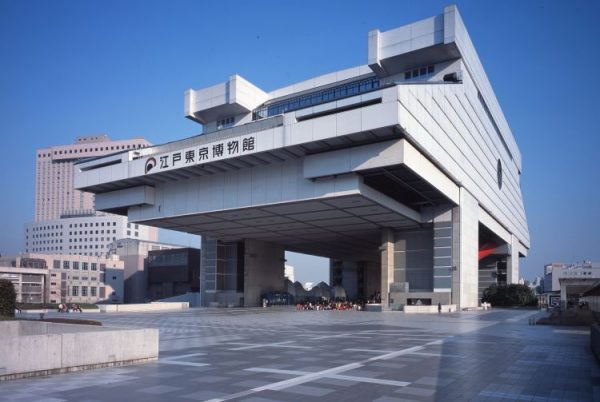
The Edo-Tokyo Museum’s permanent exhibition illustrates the Edo Period of Tokyo, and covers many features of the capital from the Edo Period to relatively recent decades. In an interactive way, visitors are able to experience and learn about various aspects of earlier Tokyo, such as the way of life of people, Edo Period architecture, cultural heritage, political climate, commercial situation, and more.
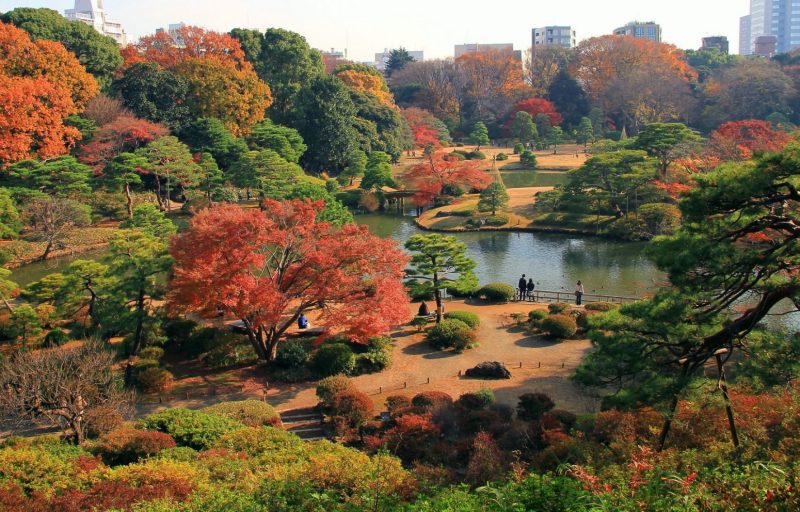
The Rikugien Garden was created in the 18th Century by Statesman Yanagisawa Yoshiyasu who set out to recreate a popular scenic spot in Wakayama, West Japan. With a river that leads to a large pond to represent Kinokawa River running into the sea and a large hill to represent Wakayama Mountain, its likeness is incredible. One thing that’s important in all Japanese gardens is that the garden changes in appearance as the seasons change. In Rikugien Garden this is done with seasonal plants. In May the entire hill is covered in azaleas, in spring the weeping cherry trees blossom, summer you will see hydrangeas throughout, and in autumn the trees will change to vibrant oranges and reds. No matter the season, it’s a great time to visit this garden.
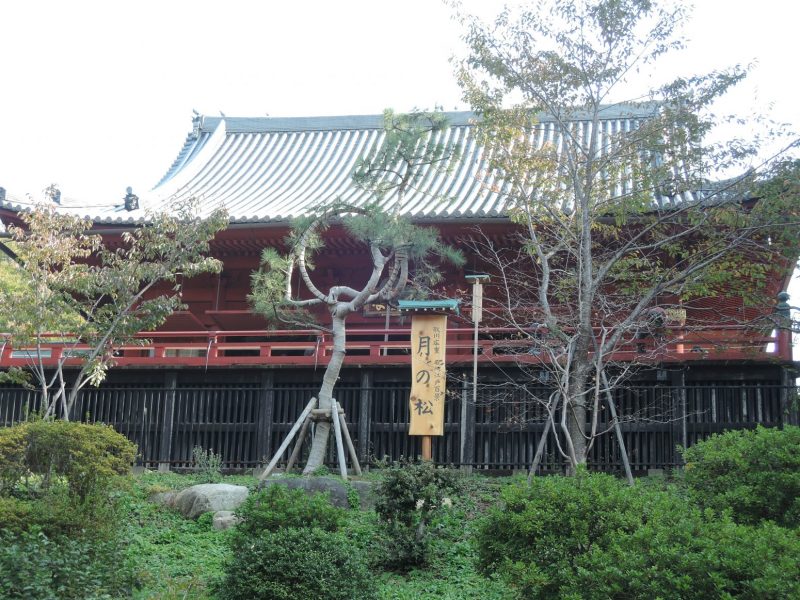
Ueno Park, originally a private garden at Kaneiji Temple, belonging to the family of the ruling Tokugawa clan during the Edo Period, was reimagined into a western-style park after the Boshin Civil War left the grounds destroyed. It was opened to the public in 1873 and is still today one of Tokyo’s most popular city parks. (especially during cherry blossom season.). Here you will find many different temples, museums, and even Japan’s oldest zoo which opened in 1882.
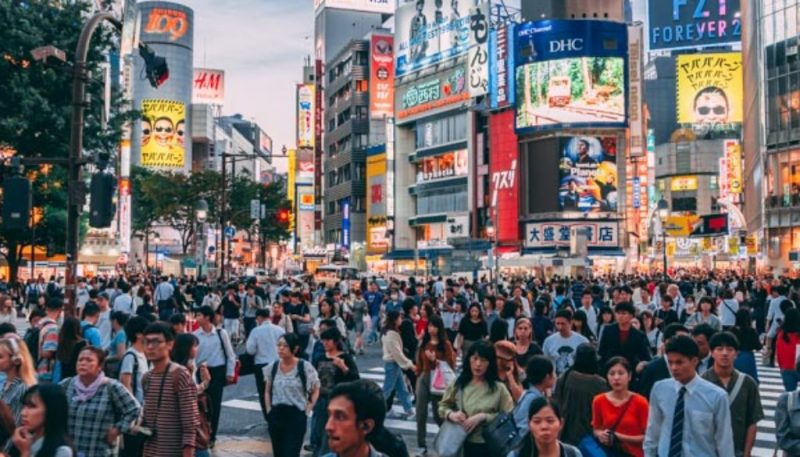
Shibuya is one of Japan’s most popular tourist locations. It is a center for fashion and culture and its streets are the birthplace to many of Japan’s fashion and entertainment trends. Two iconic spots to visit while in Shibuya are the Hachiko statue and Shibuya Crossing. According to a famous story, Hachiko the dog waited for his master every day in front of Shibuya Station and continued to do so for years even after his master had passed away. It is one of Tokyo’s most popular meeting points. Shibuya Crossing is the busiest pedestrian crossing in Japan and can be viewed from a few different observatory decks for the full experience. The intersection is heavily decorated by neon advertisements and giant video screens and gets flooded by pedestrians each time the crossing light turns green, making it a popular photo and movie filming spot.
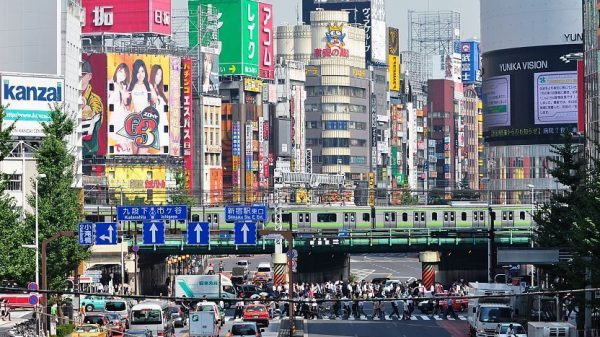
Shinjuku is known as Tokyo’s skyscraper district with some of Japan’s tallest buildings creating a gleaming skyline that can be viewed from many observation decks free to the public. Shinjuku is also home to the busiest train station in the world, the largest red light district in Japan, subterranean malls, and department stores aplenty.
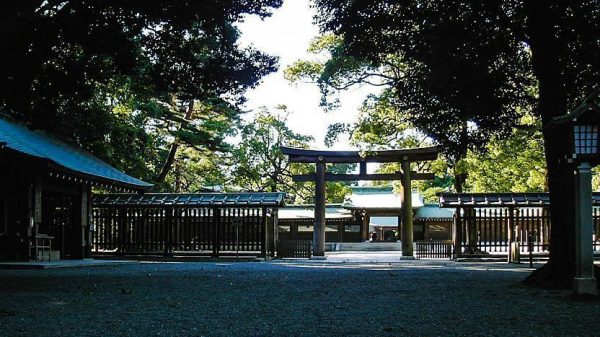
Located in Western Tokyo, in the middle of the hustle and bustle of the city, you will find a large serene forest, home to the Meiji shrine, built in 1920 as an ode to the late Emperor Meiji who was the first Emperor of modern Japan. Here you can take a break from the city noise and exchange it for the peaceful sounds of the wilderness. In the middle of the forest, through the giant torii gates, you can visit the Meiji Jingu shrine and partake in Shinto activities such as buying charms and making offerings. There is also a museum located on the grounds showcasing treasures from the shrines as well as objects from the Emperor’s personal belongings. New years is the most popular time to visit this shrine but June is when you will get to experience the inner garden filled with colorful blooming iris’.
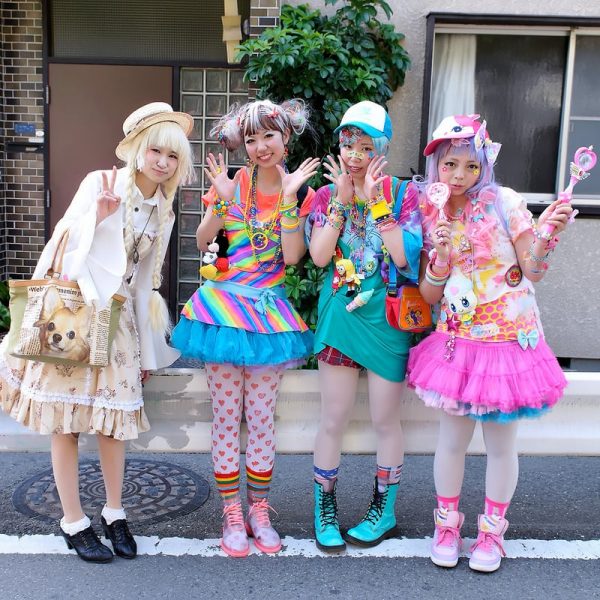
Harajuku is the center of Japan’s most extreme teenage cultures and fashion styles, but there is also shopping for adults and some historic sights. The focal point of Harajuku’s teenage culture is Takeshita Dori and its side streets, which are lined by many trendy shops, fashion boutiques, used clothes stores, crepe stands and fast food outlets geared towards the fashion and trend conscious teens. On the historical side of Harajuku, Meiji Jingu, one of Tokyo’s major shrines, is located just west of the railway tracks in a large green oasis shared with the spacious Yoyogi Park.
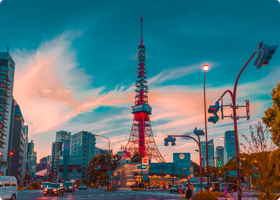
Standing 333 meters high in the center of Tokyo, Tokyo Tower is the world’s tallest, self-supported steel tower and modeled after the Eiffel Tower, stands 13 meters taller. The tower’s main deck at 150 meters is reached via elevator or a 600-step staircase (both paid). The tower’s central location gives an interesting view of the city, and you may even be able to see Mt. Fuji! There are also some “look down windows” in the floor to stand on, a souvenir shop and a cafe where visitors can enjoy refreshments.
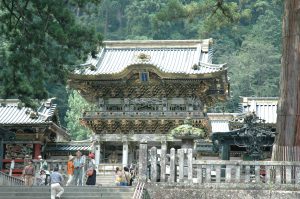
Nikko (日光, Nikkō) is a center of Shinto and Buddhist mountain worship, most famous for Toshogu, Japan’s lavishly decorated shrine and the mausoleum of Tokugawa Ieyasu, the founder of the Tokugawa shogunate. Aside from the shrines and temples in Nikko, the nearby national park offers scenic mountainous landscapes, lakes, hot springs, wild monkeys and hiking trails. Nikko is easily accessible by shinkansen and local train, a two-hour trip one way. It is recommended to do this with an active JR Rail Pass
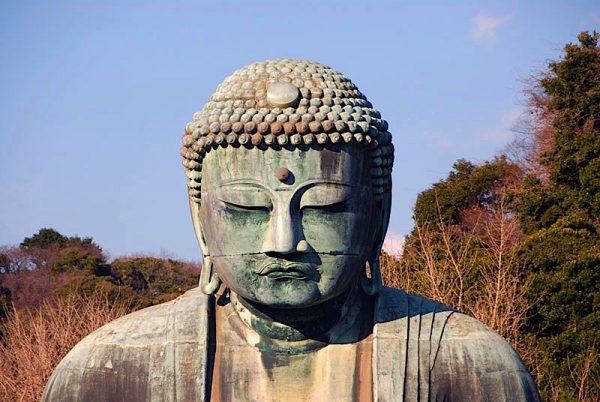
Kamakura (鎌倉) is a coastal town less than an hour south of Tokyo. Sometimes called the Kyoto of Eastern Japan, Kamakura offers numerous temples, shrines and other historical monuments. In addition, Kamakura’s sand beaches attract large crowds during the summer months. While in Kamakura, you can see The Great Buddha of Kamakura, a bronze statue of Amida Buddha, which stands on the grounds of Kotokuin Temple. With a height of 13.35 meters, it is the second tallest bronze Buddha statue in Japan, surpassed only by the statue in Nara’s Todaiji Temple. Make sure and go to Hokokuji Bamboo Forest while you’re there too!
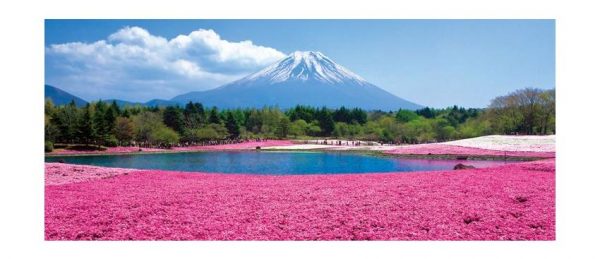
The Fuji Five Lake (富士五湖, Fujigoko) lies at the northern base of Mount Fuji and includes the lakes Kawaguchiko, Saiko, Yamanakako, Shojiko and Motosuko. Lake Kawaguchikio is the most popular for tourists, being the easiest to access and offers the most things to see and do. An area popular for hiking, camping and fishing, It is also one of the best places to view Mount Fuji from a close distance. There are also plenty of hot springs and museums in the area.
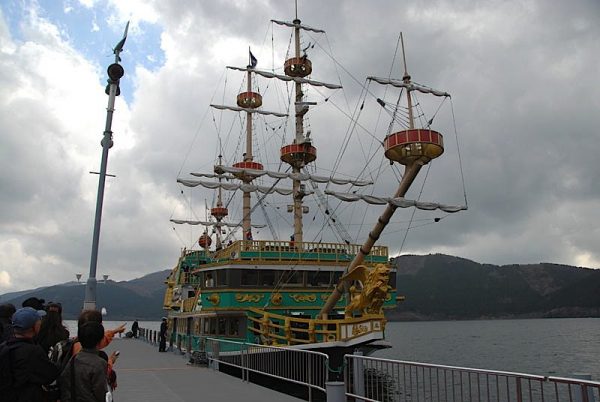
Famous for hot springs, natural beauty and the view across Lake Ashinoko of nearby Mount Fuji, Hakone (箱根), part of the Fuji-Hakone-Izu National Park, is one of the most popular destinations among tourists looking for a break from Tokyo. All of Samurai Tours’ Grand Tours have an overnight in Hakone, so it’s no surprise that we highly recommend going, but maybe you just didn’t get enough of the natural beauty while you were there and want to visit again! The Open Air Museum is a hot spot in Hakone, or take the Hakone Ropeway to the Owakudani area and eat eggs hard boiled in the sulphur springs, which is said to add 7 years to your lifespan.
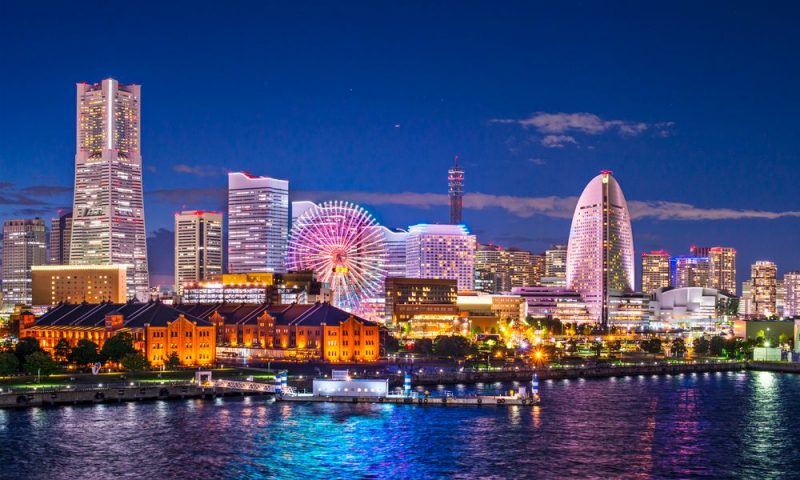
Yokohama (横浜), less than a half an hour south of Tokyo by train, is Japan’s second largest city is with a population of over three million. With several modern museums, such as the Ramen Museum and CupNoodles Museum, as well as one of the world’s largest ChinaTowns, Yokohama is a popular location for younger tourists to visit.
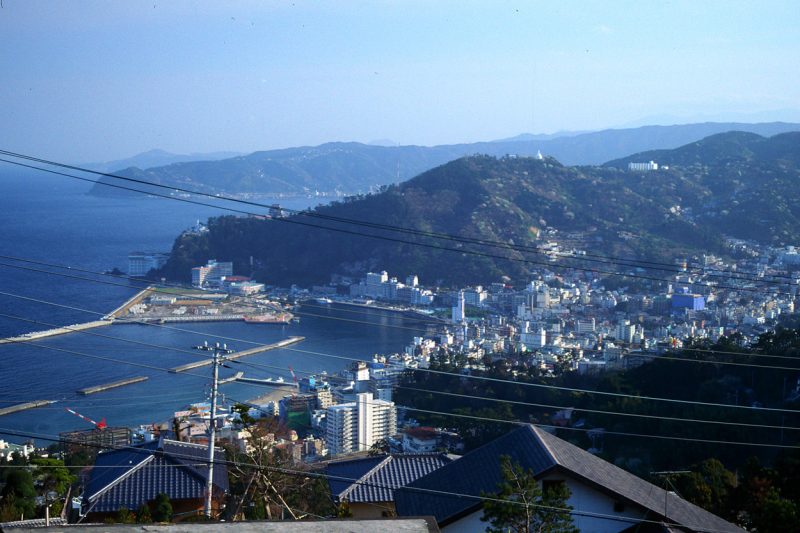
Atami (熱海) Onsen is less than an hour west of Tokyo by shinkansen. Atami is a popular seaside resort town with a lot of hot springs and ryokans, in addition to museums and other cultural heritage sites. Head to Atami for a little retreat from the busy city life and enjoy the hot springs and fresh sea air!
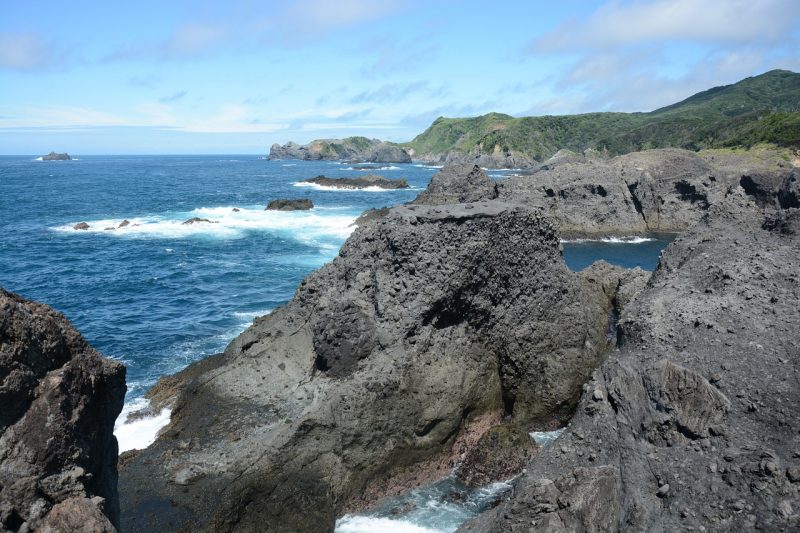
The Izu Peninsula (伊豆半島) is a resort area popular for its hot springs, picturesque coastlines and beaches with a scenic mountainous interior. The proximity of the Izu Peninsula to Tokyo makes it a popular weekend getaway, as the area is well connected to Tokyo by train. Since Mount Fuji lies only about 50 kilometers to the north, she can be viewed from the peninsula’s western coast. When you head to the Izu Peninsula, explore towns such as Atami, Ito and Shimoda, which are popular for their beaches and hot springs.
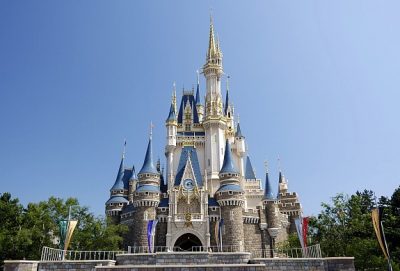
Click here for Tokyo Disney Add-on tour information
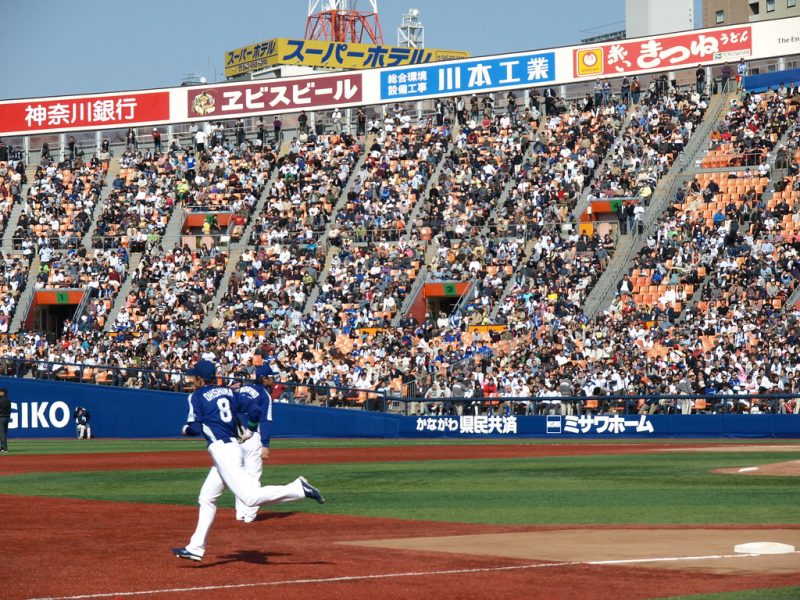
If you will be in Japan from April to October, and want to see a baseball game, Tokyo is your best bet. Even if you’re not a baseball fan, the buzzing atmosphere and energy level at the games is infectious. Baseball is second only to Sumo as the largest spectator sport in Japan, and the Japanese take it very seriously, complete with cheerleaders. A Japanese baseball game is an experience not to be missed.
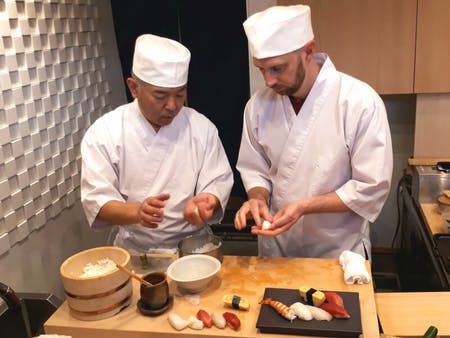
Want to learn how to make sushi from a sushi master in Japan? We can arrange a sushi making class for you to do just that! Leave Japan with skills to make your own sushi at home. The best part? You get to eat what you cook in this class!
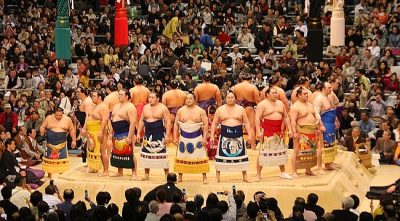
There are six Sumo tournaments during the year around Japan. If you are attending one of our tours that will visit Tokyo while a tournament is in progress, we will be organizing a group to go to the tournament. Otherwise, if you would like a glimpse into this uniquely Japanese sport, a visit to a Sumo stable during one of their practice sessions can be a suitable alternative. We can arrange for a licensed, Japanese guide to meet you at your hotel, escort you to the stable, stay with you during the practice session and then take you back to the hotel. You will need to leave the hotel or ryokan sometime between 6:00AM and 6:30AM as the practice sessions start at about 7:00AM, and you must be there when the practice starts. The practices normally last about 2 hours, and it is considered rude to leave before the practice is finished. Please note that when there are Sumo tournaments, the wrestlers will be at the tournament, and will not be practicing. Please contact us for tournament schedules.
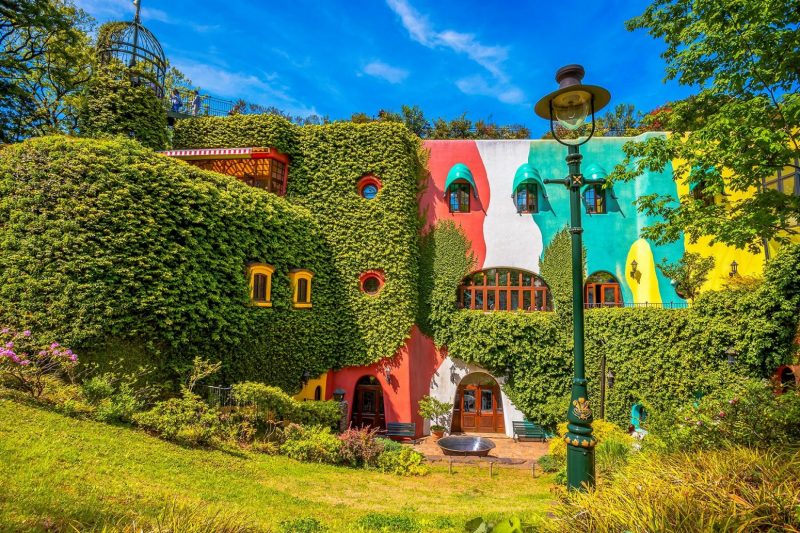
What Walt Disney was to animated films in America, Miyazaki Hayao has been to Japanese anime. Miyazaki has created such anime classics as Princess Mononoke, My Neighbor Totoro and the Academy-award winning Spirited Away. The museum building was designed by Miyazaki himself, and is worth the price of admission itself. The museum gives an insight not only into his films, but Miyazaki’s art in general. There is a small theater where original short animated features, exclusive to the museum, are screened.
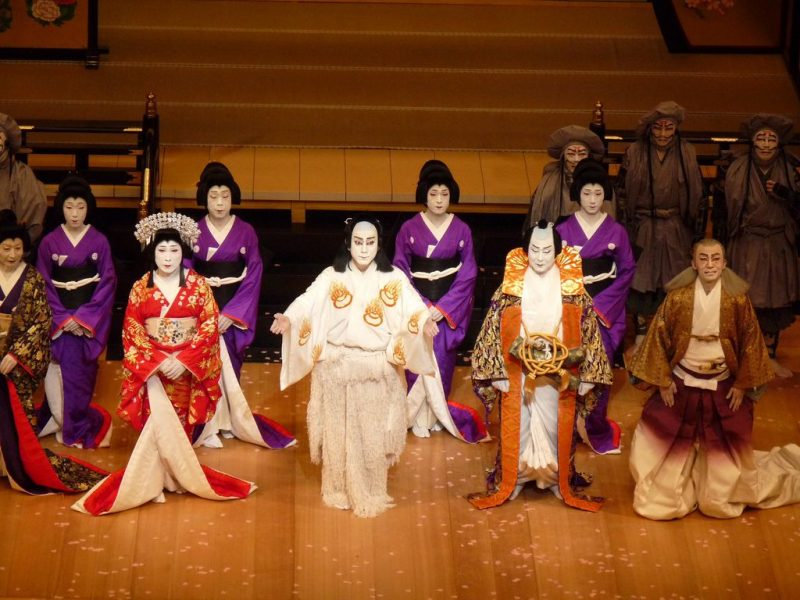
The Kabuki-za Theater in the Ginza is the only theater in Japan with regularly scheduled performances. The theater is open from the first of the month until the 26th of the month and closed from the 27th of the month through the end of the month while the theater prepares for the next month’s performances. Kabuki performances can be rather long (4-5 hours), however, if you just want to get a taste of Kabuki, single act tickets are available. However, these tickets are sold on a first-come, first-served basis, and you have to go to the theater at least one hour before the show time and stand in line to get tickets. If you would like to see an entire show, we would suggest getting tickets in advance, as they often sell out, which we can purchase for you.
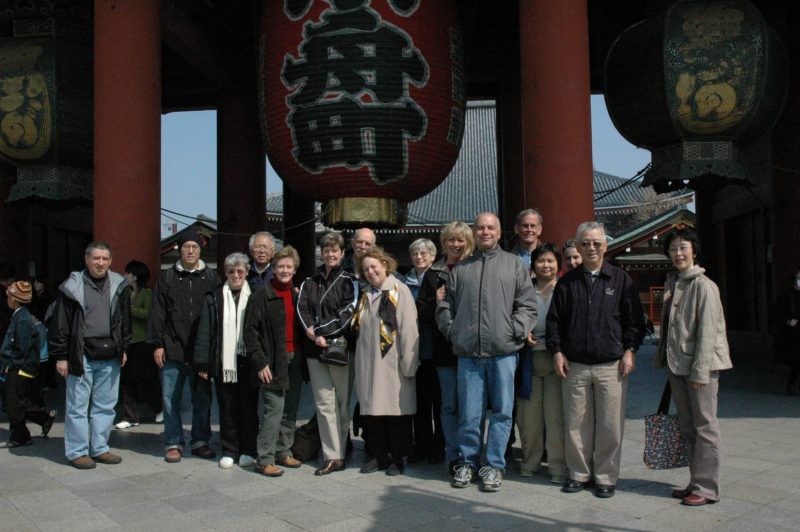
Have something particular in mind that you want to see in Tokyo, but want to have a guide join you? Or, just want a half or full day itinerary in Tokyo or the surrounding areas with a guide? We offer both 4 and 8 hour guide options. Contact us for more information.
$175 per person per night based on double occupancy
Single supplement: $75
Inclusions

